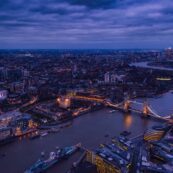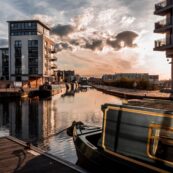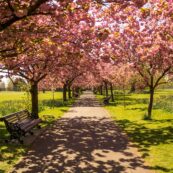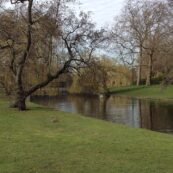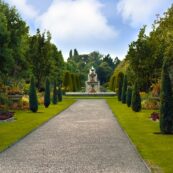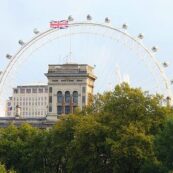
Parks and Recreation Areas: Why Do Cities Need Them?
In mass culture, the image of the city is usually contrasted with nature. There are concrete boxes and parks, and these two worlds hardly intersect. However, the new reality encourages us to think of the city not as the absence of nature but as a different way of designing it, where there is a place for parks, gardens, rivers, and lakes. And it’s not just about adapting to global warming — it’s about the economy, mental well-being, and life expectancy. Many factors contribute to our overall well-being.
To reduce stress, check out FCLOANS.
Looking to the past
The question of how to balance urbanized and green areas has arisen as cities grew. Initially, however, the question of green spaces was not a problematic one. Ancient cities were small, with a population of 20-30 thousand people, citizens mostly walked, and there were many gardens. Moreover, urban planning at that time was based on the idea that people would be happier and healthier if they lived in cities that were designed with the natural landscape in mind.
Everything changed in the Middle Ages. Cities had to be fortified and densified, and streets became too narrow for adequate landscaping. Only the Church did not need to worry about landscaping: large gardens were created around churches and monasteries. Urban gardens were mostly in suburbs or neighborhoods.
During the Renaissance, however, the desire to regain the ancient grandeur changed everything: the estates were transformed into villas, with gardens adorned with statues, columns, fountains, and viaducts.
The city ceased to be fortified, free public spaces began to appear, filled with wide green boulevards, and popular embankments appeared along the waterways. In the 18th century, the idea of tourism was born. For the first time, urban spaces became tourist attractions but still not always accessible to all citizens.
Later, the idea of building a city with a square in the center instead of a cobblestone square gained popularity. All of the city’s parks were to be connected into a single system, creating a garden-city. In the post-war period, however, the idea of a green city faded, and the greening initiative moved to the private sphere, until the early twentieth century, when fears of climate change prompted a renewed effort to green cities.
Why do we need green areas?
With the development of urban studies, the study of green spaces began, and it became clear that their functions go far beyond the ‘place for strolling’ or ‘lungs of the city.’
Architects claim that green spaces satisfy human needs for rest and recreation in terms of their role in urban life. They also benefit the environment by draining water and creating unique flora and fauna.
In terms of environmental impact, green spaces help cool cities, which is especially important in the context of climate change — the planet’s temperature rises, cities become heat islands as concrete, asphalt, and other building materials heat up, further heating the space around them even after the sun goes down.
The second aspect of environmental impact is cleaning the air. Plants do this by trapping particles on their surface. They also recycle carbon dioxide produced by burning fossil fuels. It takes 20 trees to offset the emissions of a car driving a hundred kilometers.
Plants also protect against noise by absorbing sound waves. They prevent the degradation of urban soils and can protect the city from flooding during heavy rains because the root system and loose soil retain water well. There is also little talk about the fact that well-designed green corridors can restrain wind flows during storms and eliminate drafts between buildings.
Supporting physical and mental health is a lesser-known but no less important function of green spaces. A green space can be a place for sports, jogging, walking, and active recreation. Contact with nature can decrease anxiety and the probability of mental illness and enhance happiness. Green spaces have been shown to help children develop play skills and fine motor skills, which are important for mental health. Using a shared green space will help build community and neighborly relations, reduce loneliness, and increase interest in one’s neighborhood.
Also, green areas contribute to the prestige of a district and can attract tourists when they are part of the cultural or architectural heritage of the city. Such neighborhoods attract businesses. This creates jobs and economic prosperity.
